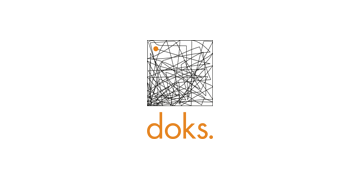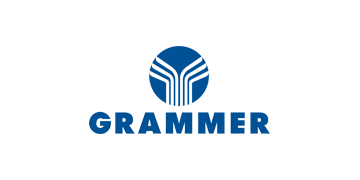| Theme | Automation |
|---|---|
| Project title | Potential and prerequisites for the internal deployment of drones for material transport (DroMaTra) |
| Project duration | 01.01.2019 – 31.10.2020 |
| Results | |
| Download | |
| Press release |
In-plant material transports change considerably: Shrinking production lot sizes up to batch size 1 lead to smaller supply or conveyor lot sizes, transport frequencies increase. Unplanned material transports for missing material or spare parts for maintenance are time-consuming and costly due to the small quantities and often long distances.
One possible solution is unmanned aerial vehicles (drones) as a new type of transport technology. In the third dimension, they can move in previously unused airspace. However, there are still risks and obstacles to the concrete use of drones in production operations (e.g. dust turbulence, profitability, legal situation). It is also unclear which legal/insurance, technical and operational prerequisites must be created for use in production operations and by drone manufacturers. Finally, the research project will clarify the question of the economic and logistical potentials arising from the use of drones for internal material transport.
- Sorry, no events available.
Vergangene Termine gefunden
- 15.04.2019, 10:00 h - 14:30 h
- IPH gGmbH, Hollerithallee 6, 30419 Hannover
- 08.11.2019, 10:00 h - 14:00 h
- IPH gGmbH, Hollerithallee 6, 30419 Hannover
Publications about the project
Unmanned Aircraft Systems (UAS) cover a wide range of applications not only outdoors but also indoors. The use of UAS has already been successfully tested and validated in some of these application areas, such as factory layout digitization or in-plant material transport. The current state of technical development of UAS for flight control, collision avoidance and flight performance basically allows their use in production operations. It is still unclear which legal and thus also insurance-related, technical and operational prerequisites must be created by applying companies for the use in production operations. This white paper discusses these issues. A technical and operational risk analysis is then presented, which is supplemented by a catalog of measures for the proper introduction and use of UAS technology. Potential risks are considered, even though the risks can be reduced by safety mechanisms and appropriate sensor technology as the degree of automation of UAS increases.
Drones, intralogistics, automated transport
To be able to meet the challenges of globalization, the optimization of internal transport is becoming increasingly important. Due to the further development, drones are an innovative material handling technology. The use of drones can be cost-efficient, especially for time-critical transport tasks. However, drones are characterized by a very low payload and very high operating costs. Therefore drones are in some cases more economical than conventional means of transport, but they do not offer an universal solution for all internal transport tasks.
drones, intralogistics, transport, transport systems, economic efficiency
A major challenge of logistics within manufacturing companies is the optimization of transport systems. Due to Industry 4.0, companies are more willing than ever to find and implement as yet unknown rationalization potential in this area. Currently, the use of drones in internal logistics is considered to have such potential. Especially when dealing with unplanned material transports for missing parts in assemblies or spare parts for repairs, the unmanned aerial vehicles could prove to be problem solvers. However, the use of drones is still a largely unexplored area, especially on factory floors.
drones, intralogistics, transport
Material transports in production facilities are subject to constant change. Production batch sizes are becoming smaller and a trend towards batch size 1 is becoming apparent. For this reason, a new research project is examining drones respectively unmanned aerial vehicles (UAV) as so far rarely used transport technology for possible applications in intralogistics. Barriers to use UAV and risks during its use are categorized and evaluated. In the following, requirements for the operating environment and the technical equipment itself are derived from this. Overall, it is investigated to what extent UAV can be integrated into the operational infrastructure of companies in certain use cases and whether the resulting change in logistics performance justifies its use cost-effectively.
drones, material transport, requirements, economic efficiency














